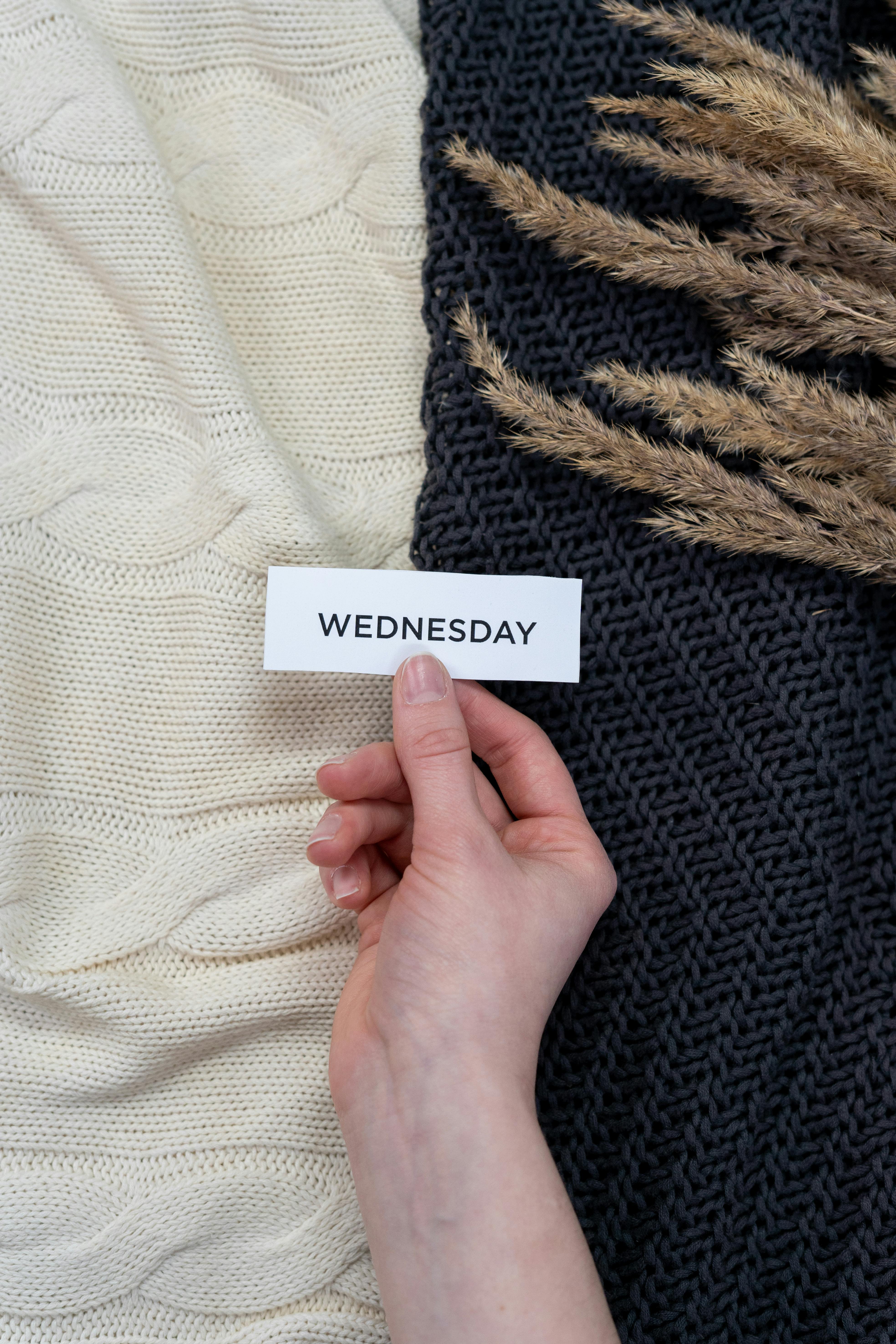How to Properly Build Floating Shelves for a Modern Home in 2025
Building floating shelves is not just a trendy design choice; it's a practical solution for maximizing space while adding a modern aesthetic to your home. In this guide, we'll delve into the essentials of how to build floating shelves, ensuring you are equipped with the skills and knowledge to complete your DIY floating shelves project successfully.

Understanding Floating Shelf Design
Before diving into floating shelf installation, it’s crucial to understand the various design elements that contribute to their appeal. Floating shelves are versatile and can be adapted for different rooms, such as the living room, bathroom, or kitchen. Their wall-mounted design allows for creative utilization of vertical space while giving an illusion of a larger area.
Floating Shelf Materials
When planning to create your floating shelves, selecting the right floating shelf materials is vital. Common choices include plywood, hardwood, and MDF, but each has its pros and cons. Plywood, for instance, is lightweight yet sturdy, making it ideal for shelving. To ensure your shelves will support weight, particularly if you plan on displaying collectibles or books, consider materials with appropriate weight capacities and stability.
DIY Floating Shelves Ideas
Incorporating DIY floating shelves brings a personalized flair to your home decor. Here are a few contemporary floating shelf ideas: creating a minimalist aesthetic with simple, slim shelves; combining open shelving with closed cabinets; or adding lighting under your shelves for an accent design. Each of these styles capitalizes on the beautiful functionality of floating shelves, presenting not only storage but also captivating elements to your home.
Choosing Wood for Floating Shelves
The type of wood you select for your shelves matters significantly when designing your floating shelves. The best wood for floating shelves often includes hardwoods like oak or maple due to their durability and aesthetic appeal. If lighter woods are preferable, consider poplar or birch, which can be stained or painted to match your decor. Properly finishing your wood not only enhances durability but elevates the overall decorative effect of your shelving unit.
Building Your Floating Shelves: A Step-by-Step Guide
With a design established, the next step is to create your floating shelves. This comprehensive floating shelf tutorial guides you through essential steps from planning to execution.
Floating Shelf Installation
One of the most critical parts of creating floating shelves is installation. Using floating shelf brackets allows you to easily mount the shelves to the wall. Ensure that you are anchoring your brackets into wall studs or using appropriate drywall anchors, as this will increase load-bearing capacity. Remember to take Level adjustments into account for a seamless look.
Creating Floating Shelves: Dimensions and Plans
Before you cut any wood, have a clear plan in place. Measure your intended space and consider standard floating shelf dimensions. Typically, shelves between 36-48 inches long and 10-12 inches deep work well for general purposes. Drafting your floating shelf plans will guide the building process. Ensuring an accurate layout not only aids in seamless construction but creates visually appealing finished shelves.
Finishing Touches for Your Shelves
Applying a finish is essential for enhancing the appearance and longevity of your shelves. Choose between painting or staining based on your desired look. If opting for a natural wood look, a protective urethane can add a subtle sheen while safeguarding the wood against moisture and wear. Additionally, enhancing your shelves with decor items like plants or framed art can further elevate the visual impact of your floating shelves.
Practical Tips for Floating Shelf Success
To ensure the success of your DIY shelf projects, follow these practical tips. First, consider maximizing the use of your wall space by strategically placing shelves at different heights. This adds dimension and visual interest. Moreover, before cutting materials, factor in potential weight loads to guarantee stability and safety.
How to Choose Shelf Materials
When selecting materials for floating shelves, identifying the right combination for your specific use case and style preferences is essential. For books, select denser woods for the best weight distribution. If you're displaying decorative elements, lighter materials may suffice. Always check that chosen materials match the aesthetics of your space and ensure they harmonize with existing decor.
How to Secure Floating Shelves
Securing floating shelves can be straightforward if done correctly. Anchor your shelf brackets into wall studs for added strength. If you're dealing with concrete or brick walls, use specific anchors for extra hold. Regularly check the stability of installed shelves, especially after placing items on them, to ensure uninterrupted support.
Implementing Floating Shelves in Various Spaces
Floating shelves are adaptable and can serve many functions in diverse environments. Utilize them in places like:
- Living Room: Display books, photos, or decorative items.
- Kitchen: Utilize for spices or plants to maintain organized cooking spaces.
- Bathroom: Use to store essentials or decorative pieces.
Key Takeaways
- Choosing the right materials is crucial for durability and aesthetics.
- Plan your dimensions and layout carefully for successful installation.
- Proper installation techniques help ensure safety and functionality.
- Enhancing shelves with decorations adds a personalized touch.
FAQ
1. What are some common materials used for floating shelves?
Floating shelves often use materials such as plywood, MDF, and hardwoods like oak or maple due to their durability and aesthetic appeal. The best wood for floating shelves should balance weight and strength, ensuring support for various items. Selecting appropriate materials is essential to match the intended style and functionality.
2. How much weight can floating shelves typically support?
The weight capacity of floating shelves depends largely on the materials used and the installation method. Generally, shelves can support anywhere from 15 to 100 pounds. It’s essential to follow guidelines based on your selected brackets and mountings for optimal safety and function.
3. Are floating shelves suitable for all wall types?
Floating shelves can be installed on various wall types, including drywall, concrete, or brick. However, appropriate anchors and brackets are necessary to ensure stability, especially when mounting on sturdier materials like brick or concrete. For drywall, securing into studs or using specialized wall anchors is critical.
4. Can I customize the dimensions of my floating shelves?
Absolutely! One of the advantages of building your own floating shelves is the ability to customize their dimensions to fit your unique space. Always ensure that your shelves are adequately supported and follow design guidelines to maintain balance and aesthetics in your chosen environment.
5. How do I maintain the finish on my floating shelves?
To maintain the finish on your floating shelves, regularly dust them with a soft cloth and avoid excessive moisture during cleaning. If stained or painted, periodic reapplication of finish may be needed to protect against wear and maintain their appearance, particularly in spaces like kitchens or bathrooms.
